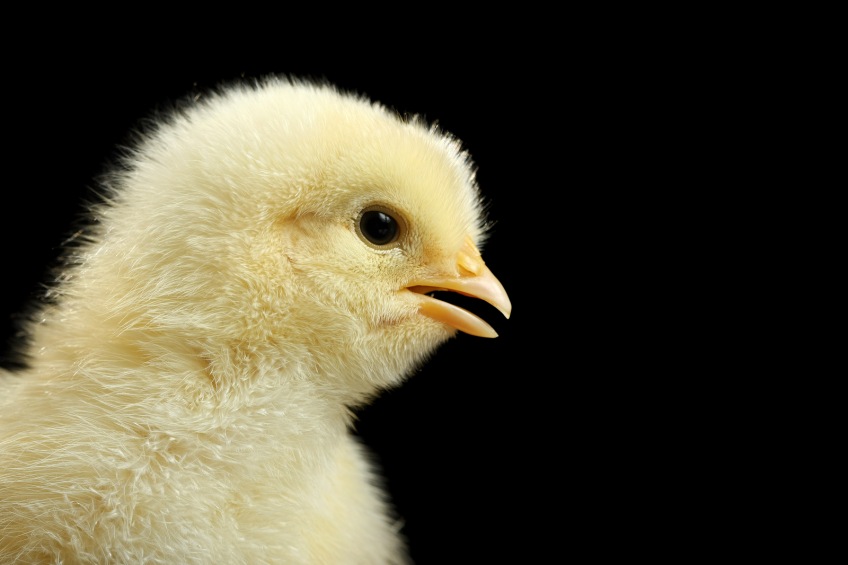Mozambique clay potential mycotoxin binder for chickens

Clay and earth from Mozambique were tested as potential mycotoxin binders for chickens. The results vary, as was concluded in a new research study, published in the recent edition of the World Mycotoxin Journal.
Contamination of feeds with mycotoxins can result in chicken morbidity and mortality. Diets containing aflatoxins could induce pathological lesions in the liver and impair hepatic antioxidant functions (Yang et al., 2012). In this study, the researchers looked at the effectiveness of Mozambican diatomaceous earth (DE) and bentonite clay (BC) in reducing the toxic effects of aflatoxin B1 (AFB1) in chicks. Although deposits of DE and BC (Table 1) are available in Mozambique their potential as a feed additive has not been assessed.
A trial with 150 day-old male broiler chicks showed that body weight gain (BWG), feed intake (FI) and feed gain (FC) of chicks fed BC or DE were not different (P>0.05) from those of control chicks (Table 2). In contrast, chicks fed the 2.0 mg AFB1/kg diet alone had significantly depressed BWG and FI when compared to control chicks. Although not statistically significant, the addition of 0.50% BC to the AFB1 diet tended to improve FI (6%) and BWG (9%) when compared with chicks fed only AFB1. Feed conversion ratio was not different among treatments.
Chicks fed AFB1 alone had increased (P<0.05) relative liver weights compared to all other dietary treatments except for chicks fed afb1 and de. chicks fed afb1 alone and those fed afb1+ de had heavier (p><0.05) relative kidney weights compared to chicks fed other treatments. compared with the control chicks, livers from birds fed dietary afb1 and afb1 plus de were similar. liver lesion score of chicks fed afb1 plus bc was lower (p><0.05) than that of chicks fed afb1 but higher (p><0.05) than that of control chicks.>
Compared to controls, serum concentrations of glucose, albumin, total protein globulin, and calcium were decreased (P<0.05) in chicks fed afb1 alone, whereas serum concentrations of aspartate amino transferase and gamma glutamyl transferase were increased (p><0.05).>
It can be concluded that this concentration of BC was partially effective in reducing the toxic effects of 2 mg/kg AFB1, whereas DE at the same concentration was not effective in reducing the toxic effects of 2 mg/kg AFB1
Join 31,000+ subscribers
Subscribe to our newsletter to stay updated about all the need-to-know content in the poultry sector, three times a week. Beheer
Beheer








 WP Admin
WP Admin  Bewerk bericht
Bewerk bericht